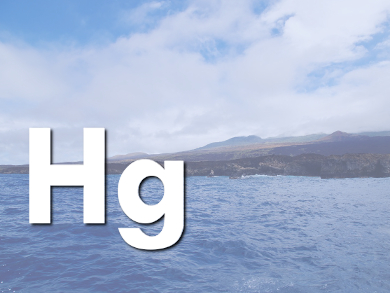The reduction of ionic mercury to its more volatile elemental form is an important process in geochemical mercury cycling. The world’s oceans emit about 2.8 million kg of elemental mercury into the atmosphere each year, compared with 3.4 million kg from anthropogenic sources. Light and biological processes facilitate mercury reduction. Summer phytoplankton blooms contribute significantly to marine mercury accumulation, but mercury and chlorophyll levels do not correlate well. This suggests that cyanobacteria play a significant role.
Joachim Kuss and colleagues, Leibniz Institute for Baltic Sea Research Warnemünde, Rostock, Germany, conducted field studies, incubation experiments, and microbiological analyses to determine the main sources of elemental mercury in the Baltic Sea. Cyanobacteria lack the mercuric reductase (merA) gene, and no merA genes were detected in any of the seawater samples. Nevertheless, elemental mercury concentrations were strongly correlated with two genera of cyanobacteria.
The researchers showed that photochemical transformation plays less of a role in summer mercury emissions from the Baltic Sea than was previously thought. Photochemistry and cyanobacteria each contribute about one-third of the average emissions. About 40 % of elemental mercury production occurred under low-light conditions.
- Mercury Emission by the Baltic Sea: A Consequence of Cyanobacterial Activity, Photochemistry, And Low-Light Mercury Transformation,
Joachim Kuss, Norbert Wasmund, Günther Nausch, Matthias Labrenz,
Environ. Sci. Technol. 2015.
DOI: 10.1021/acs.est.5b02204



